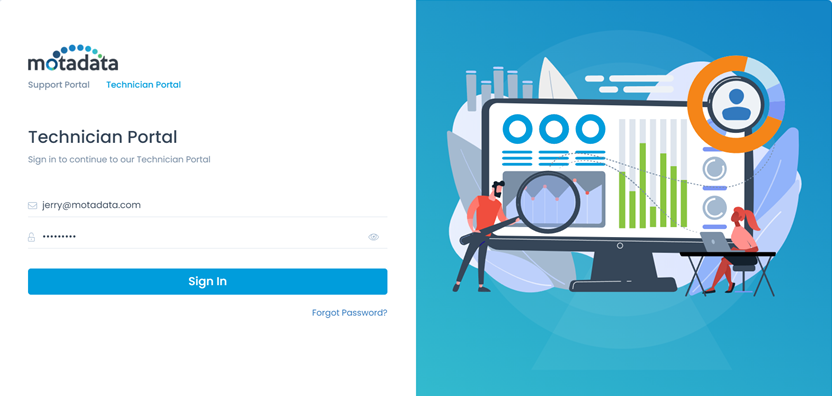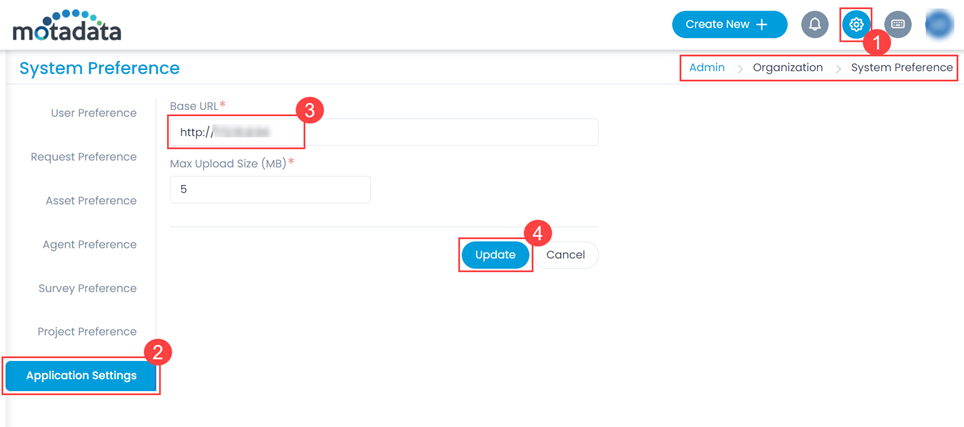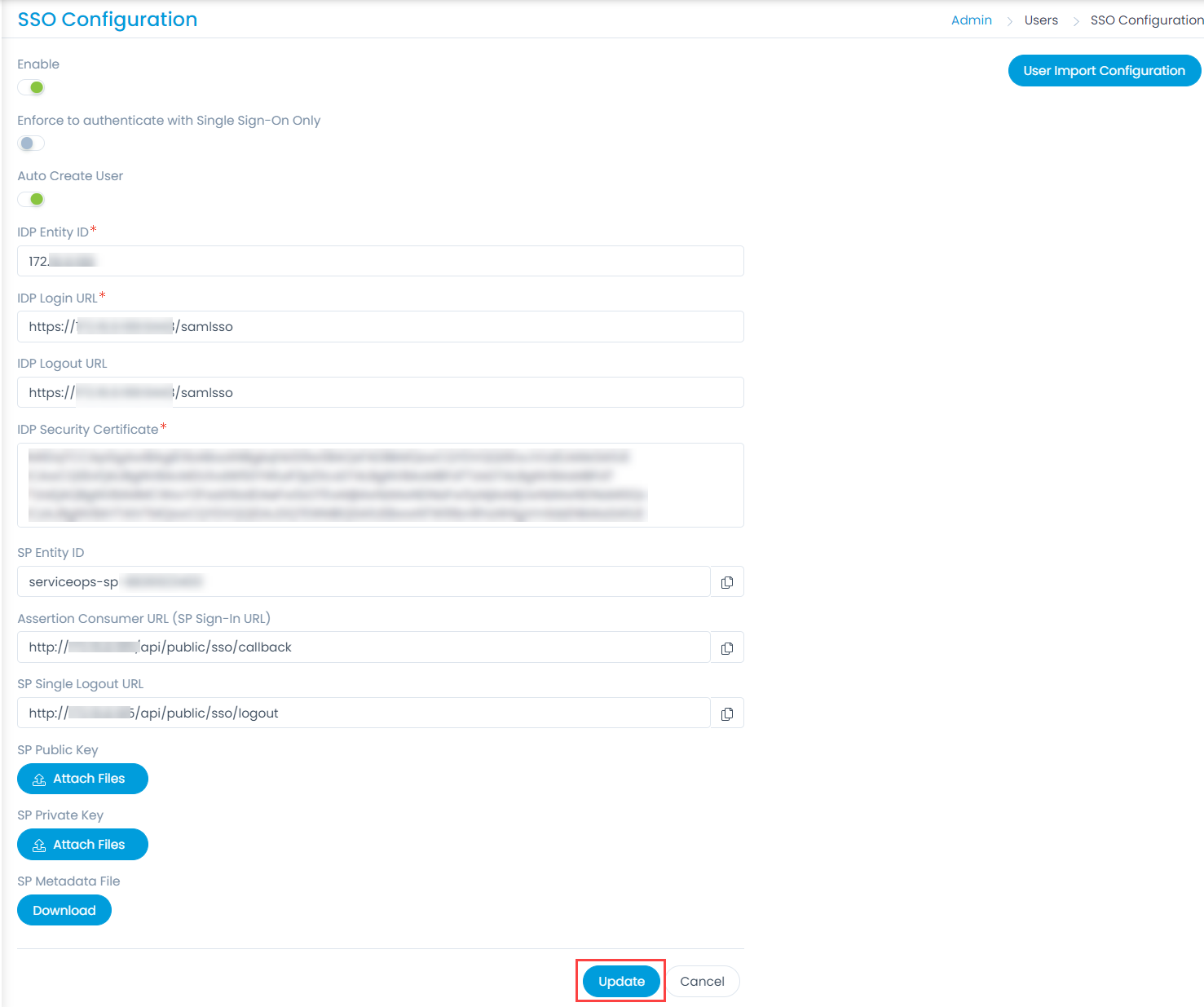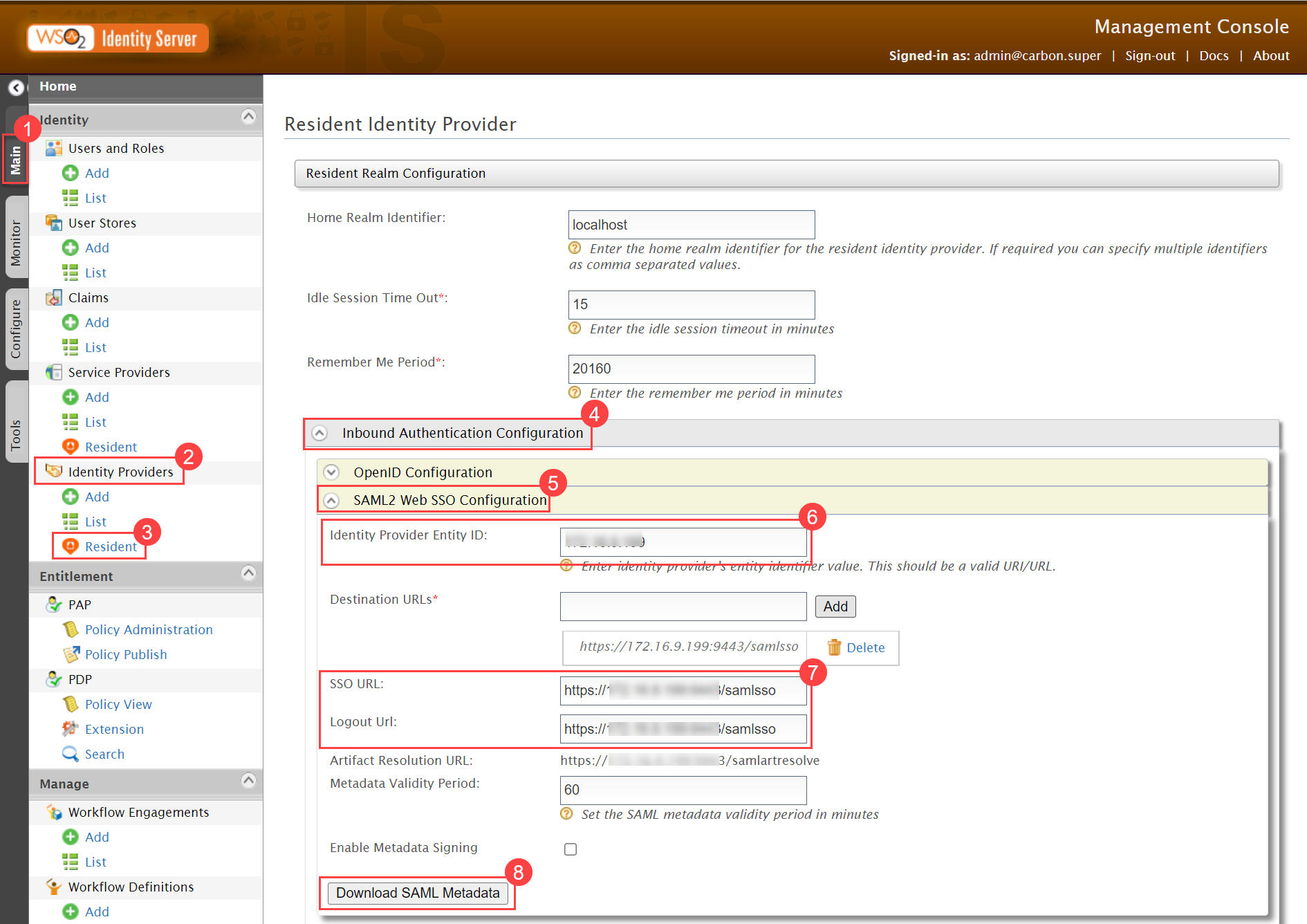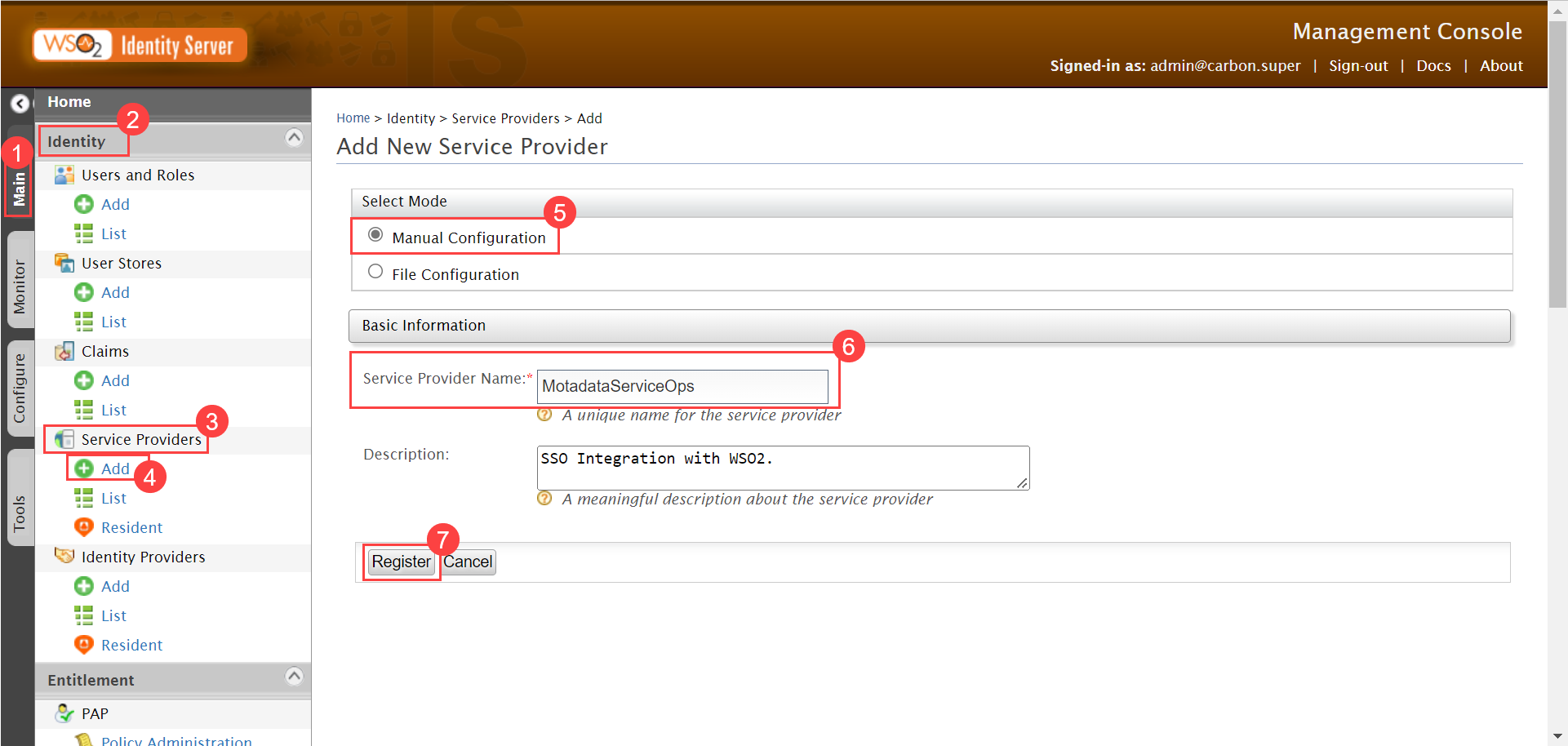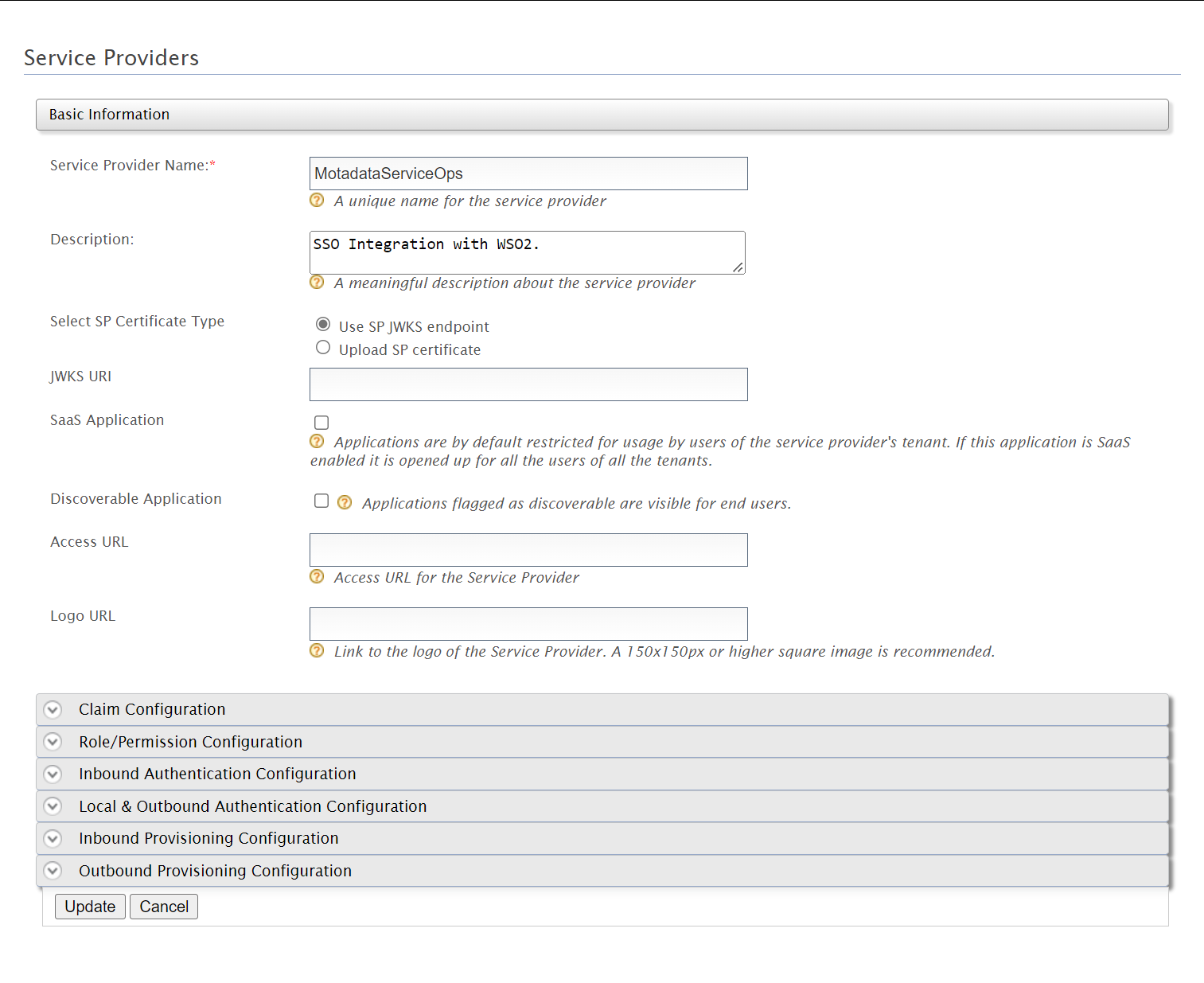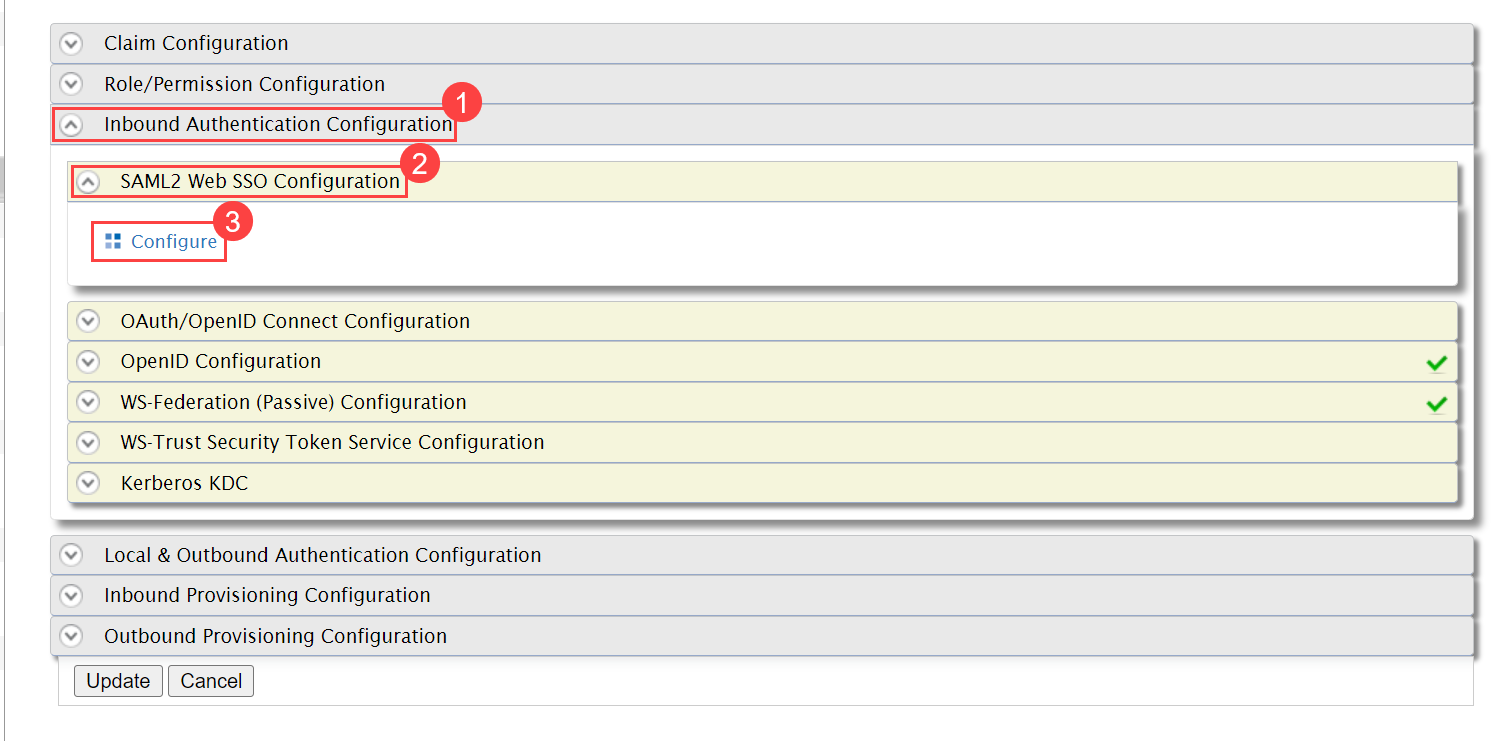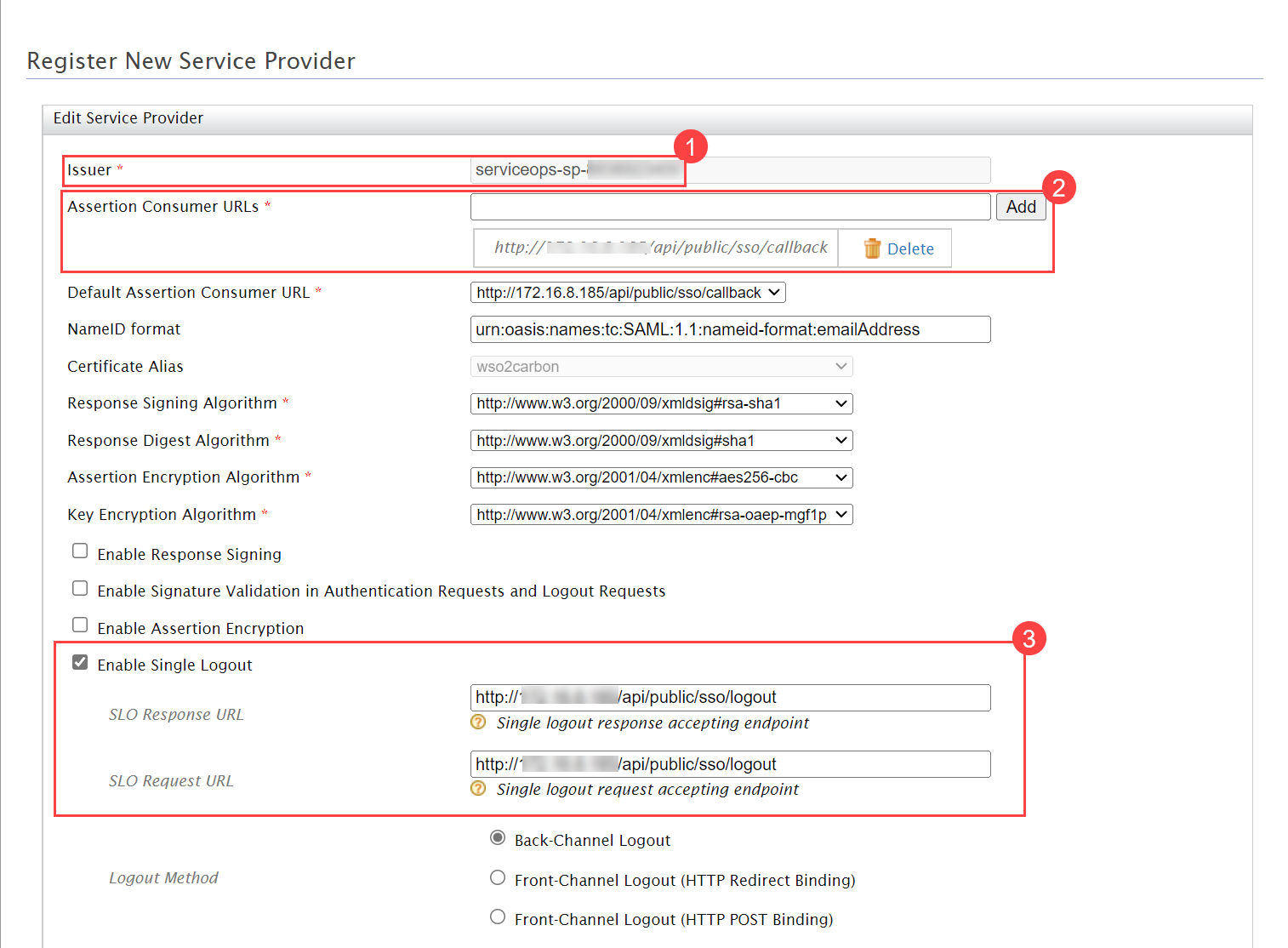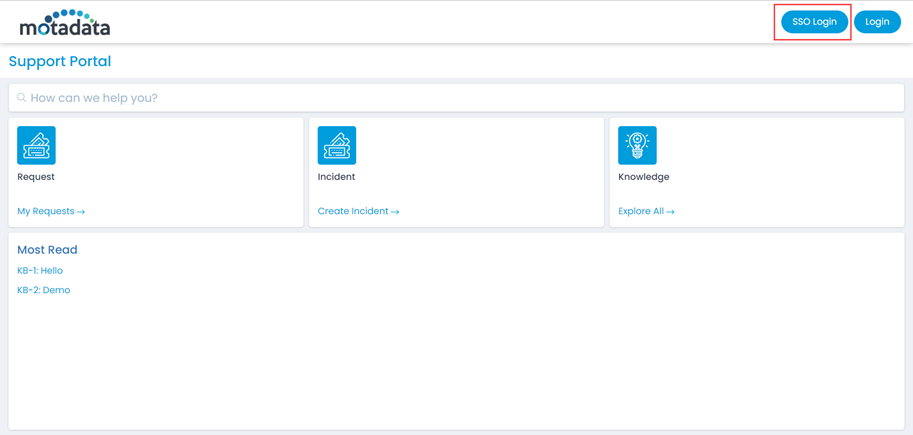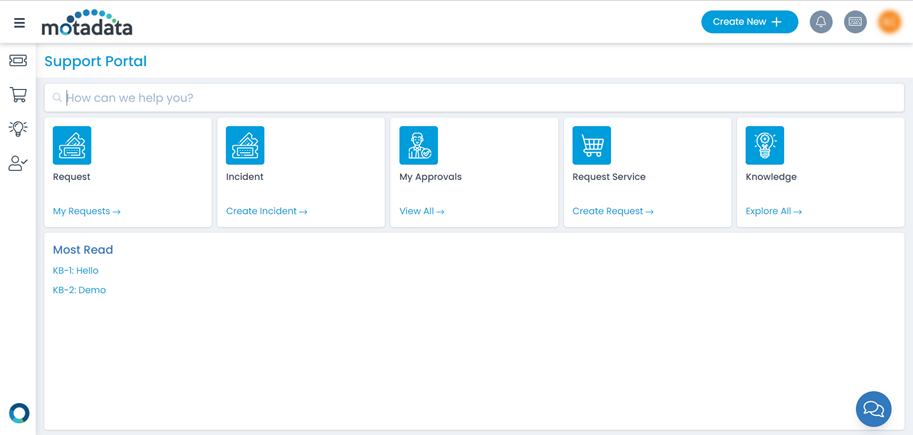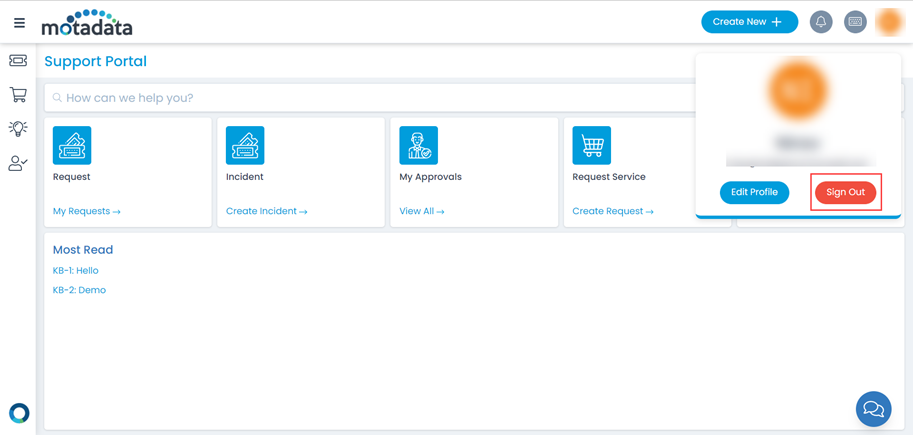WSO2
ServiceOps offers support for SAML 2.0, which facilitates integration for Single Sign-On. ServiceOps acts as the Service Provider (SP) and it integrates with Identity Providers (IDP) using SAML 2.0. The integration basically involves supplying details about SP to IDP and vice-versa. Once you integrate ServiceOps with an IDP, the users simply have to sign-in to IDP and then, they can automatically sign-in to ServiceOps from the respective identity provider’s GUI without having to provide credentials again. ServiceOps supports integration with WSO2.
To configure SSO with the WSO2 service, follow the below steps:
- Sign-in to the ServiceOps portal as a Technician.

